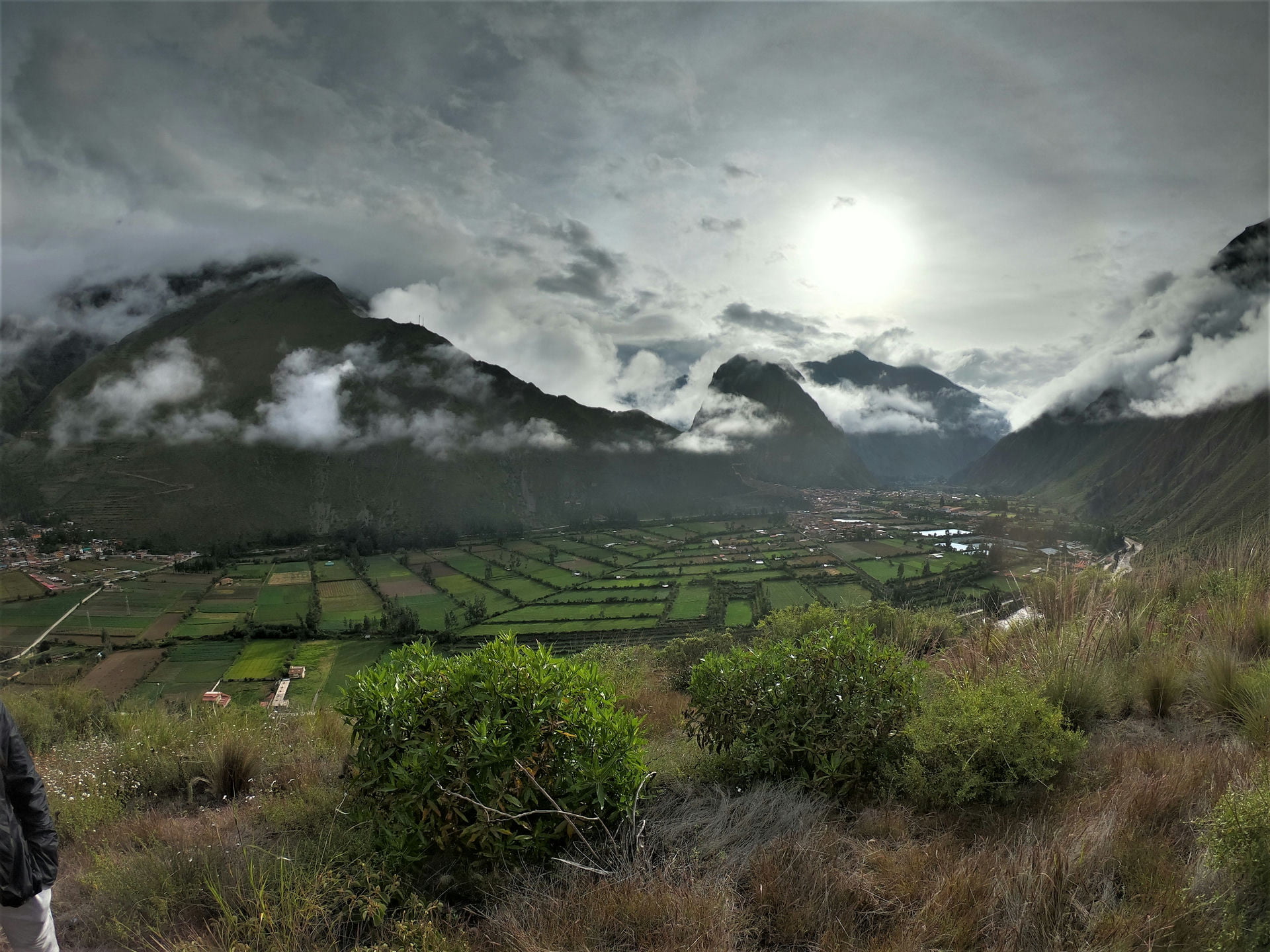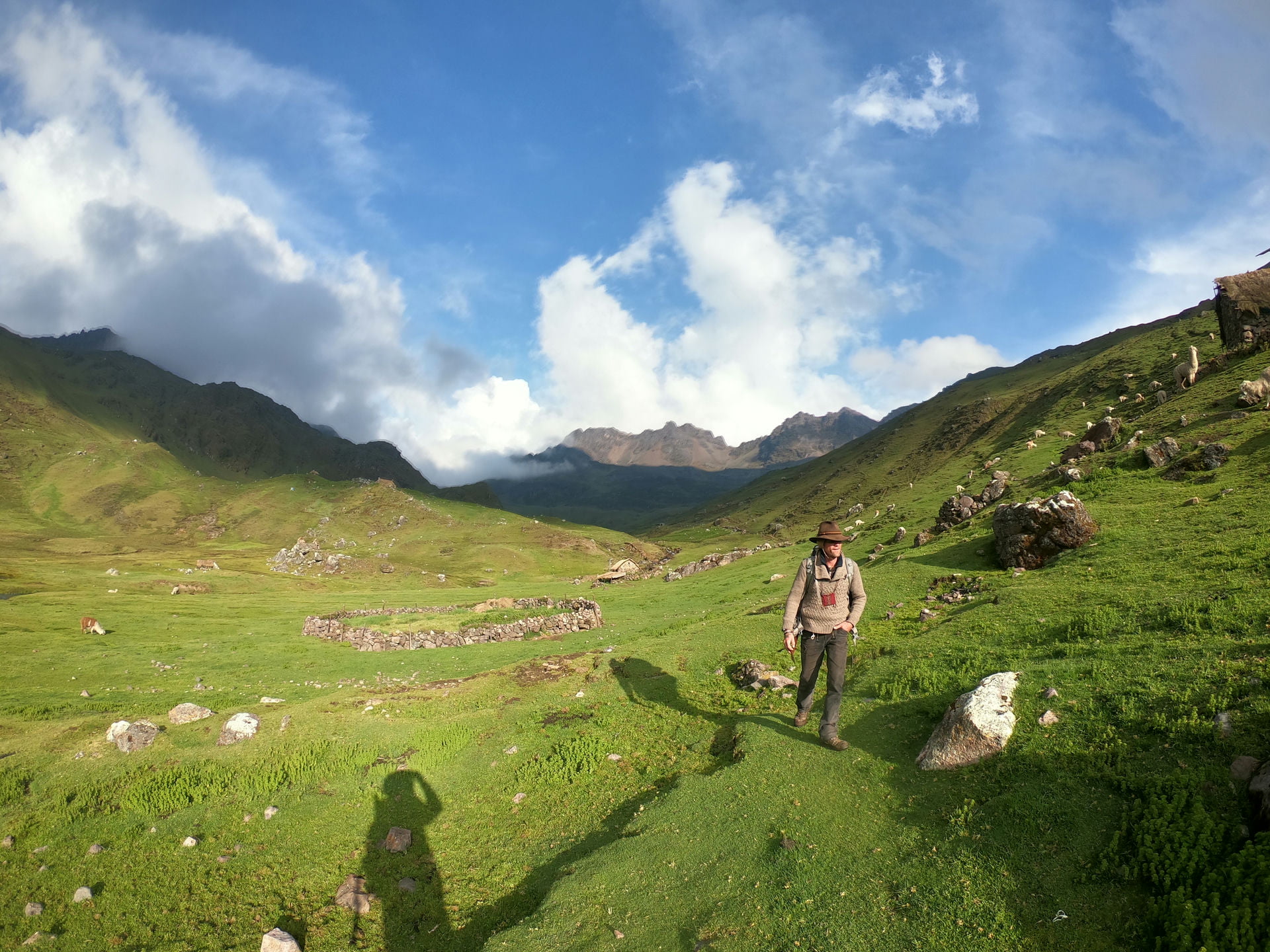
Author: ptmAdmin

Machu Picchu for Beginners: How to Get There Without Dying in the Attempt
- By ptmAdmin
- -
Would you like to visit Machu Picchu, one of the wonders of the world, but don’t know how to get there? Don’t worry, in this post, I’ll tell you everything you need to know to plan your trip like an expert, even if you’re a novice in the world of adventures. The first thing you need to do is get to Cusco, the closest city to Machu Picchu. You can do this by plane, bus, or train, depending on your budget and time. Once in Cusco, you have several options to get to Machu Picchu: “The fastest and most comfortable way is to take a train from the Poroy or Ollantaytambo station to Aguas Calientes, the town at the foot of the sacred mountain. The journey takes between an hour and a half and two and a half hours, and prices vary depending on the class and season. I recommend booking in advance because spots are limited and fill up quickly. The most economical and adventurous option is to take a bus or a shared van from Cusco to Santa Teresa, a town about six hours away. There you can spend the night or continue to the hydroelectric plant, where a two-hour hike begins to Aguas Calientes. This option is ideal for those who want to save money and enjoy the scenery, but keep in mind that the road can be dangerous due to traffic and weather. The most traditional and demanding option is to take the Inca Trail, a four-day trekking route that takes you through the Andean mountains to the Sun Gate, from where you have the first view of Machu Picchu. This option requires good physical condition and a reservation months in advance, as only 500 people are allowed entry per day. It is a unique and unforgettable experience but also the most expensive and exhausting. As you can see, there are options for all tastes and budgets. The important thing is to choose the one that best suits your expectations and needs and to enjoy to the fullest this wonder of the world. And remember: Machu Picchu is not just a photo; it’s an experience.”

What is Mindful Travel, and why should you practice it?
- By ptmAdmin
- -
Mindful Travel is a life philosophy that involves traveling with mindfulness, enjoying the present moment, and connecting with the environment and people around us. It’s not about going to the most exotic places or engaging in extreme activities; instead, it’s about living each experience with intensity and gratitude. In this blog, we provide some general recommendations for practicing Mindful Travel without directly offering our services because we want you to be the one choosing how and where to travel. Before traveling, make a list of your intentions and expectations. What do you want to learn, feel, or discover on your journey? What motivates you to go to that destination? What would you like to contribute to the local community? These questions will help focus your attention and mentally prepare you for your adventure. During the trip, be flexible and open to what arises. Don’t obsess over following a fixed itinerary or checking off all the tourist spots. Allow yourself to be surprised by what each place and moment offer. Explore, ask questions, listen, observe, taste, smell, touch—use all your senses to connect with your surroundings. After the trip, reflect on what you have experienced and learned. What did you like most and least? What surprised or moved you? What have you discovered about yourself or other cultures? What changes do you want to make in your life from now on? Share your experiences with others and express gratitude for everything the journey has provided. Mindful Travel is a way of traveling that will help you grow as a person and as a traveler. We encourage you to give it a try and tell us how it goes. Remember that traveling is not just a means to reach a destination but an end in itself.

Discover the sacred cactus that will make you see life in a different light.
- By ptmAdmin
- -
If you’ve ever been curious about sacred plants used in ancient rituals, you may have heard of wachuma or San Pedro, a cactus that grows in the Andes and has hallucinogenic properties. Wachuma or San Pedro is a cactus belonging to the cactus family, characterized by long, curved spines. Its scientific name is Echinopsis pachanoi, but it is commonly known as wachuma in Peru and as San Pedro in Ecuador and Bolivia. Its use is believed to date back over 3000 years when ancient inhabitants of the Andes employed it as a master plant to connect with the divine and heal the body and soul.



